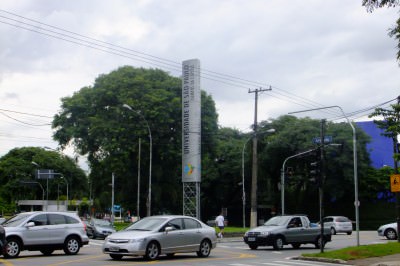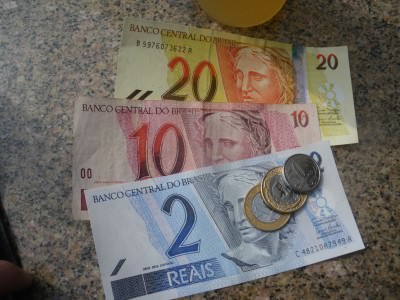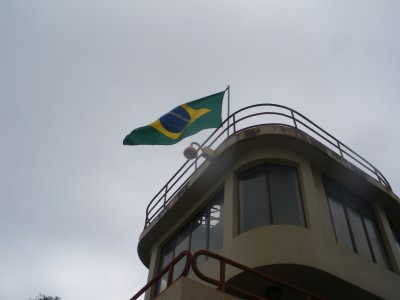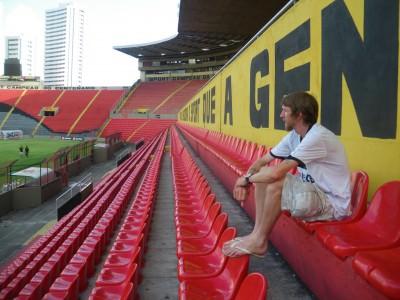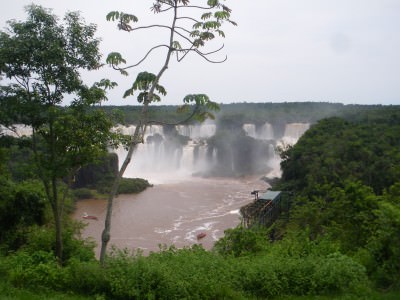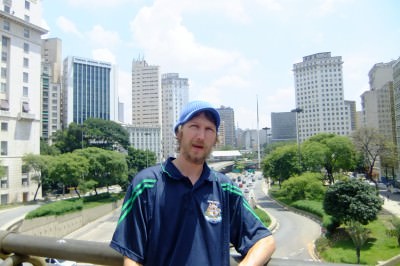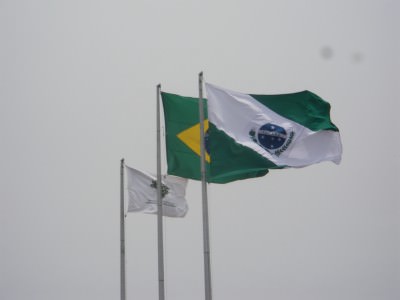I’m heading to Brazil for the third time this year and for a special trip – the Football World Cup!! I’ll be backpacking it as usual but how about the crazy notion of doing Brazil in a caravan? Gotta be a crazy idea right?? For a start, if you are planning a journey by road across South America you will be joining a long tradition of previous adventurers. Shortly before his rise to fame as one of the continent’s most recognised revolutionaries, for example, Ernesto “Che” Guevara (yes, him!), and his friend Alberto Granado started out on an epic tour by motorcycle from their native Argentina. World Cup heroes Pele, Garrincha and Romario couldn’t afford a caravan growing up, until they struck it rich. It’s fair to say they did a bit of travelling in their time!
But why not blaze your own trail – instead of Che’s route or Romario’s World Cup heroics, do a trip your own way in style and comfort – in what our American friends call an RV (Recreational Vehicle), your very own home on wheels. Given the potentially huge distances involved in any trip across Brazil you are likely to be extremely glad for your own motorised caravan and the freedom to stop and overnight wherever you choose.
Before setting out on your trip of a lifetime across Brazil, however, there are a few points worth bearing in mind.
Pre-adventure caution
One sad fact that is going to be very important to remember about any such journey in Brazil is simply how dangerous are the roads. Brazil has the unenviable reputation of being the worst in Latin America – many of the roads are not up to an especially high standard, driving skills are generally lacking and there is a higher than usual concentration of heavy lorries and trucks.
According to statistics published by the World Health Organisation, the country has a road traffic fatality rate of some 22.5 per 100,000 head of population. You might want to compare this with the 3.7 per 100,000 currently reported by the UK.
What this means is that – whether you are driving your own RV that you have specially shipped out, or hiring one when you arrive in Brazil – reliable and comprehensive vehicle insurance is likely to be essential.
Since this might prove a quite complicated matter, you might want to consult specialist caravan insurance providers such as UK-based Cover4Caravans before you embark on your travels.
The trip
With some of the planning and logistics safely under control, it is time to turn to the trip itself. It might be a statement of the obvious, but a quick glance at the map will tell you that Brazil is a huge country – it is the fifth largest in the world in terms of land area, stretches across three time zones and is the only country in the world to straddle the equator and at the same time extend beyond the tropics and sub-tropics.
Unless you have lots and lots of time at your disposal, therefore, any road trip – of even several months – is going to let you just scrape the surface of this fascinating country. One of the ways of narrowing down your choice of routes might be by climatic region, such as:
- the northeast – generally hot, dry and arid, but with glorious beaches and historical treasures given that this was the area for the first footfall of European colonists;
- the Amazon basin – hot, tropical and very humid rain forest, where, to be quite honest, a riverboat is likely to be more useful than even the most rugged of RVs; and
- the south and south east of the country – generally south of the Tropic of Capricorn, with its temperate climate and weather that turn cold and with a light dusting of snow in winter (temperatures that may catch out some first-time visitors to Brazil).
So, take your choice and let’s imagine an adventure by road and motorhome in each of these three regions:
The Northeast
- the port of Sao Luis, in the state of Maranhão, was where the first settlers from Europe first landed in Brazil. It is steeped in history and still displays the faded glory of what was once incredible wealth generated by the sugar and, later, coffee, plantations;
- drive 250 to 300 miles (about 400 to 500 km) along the coast towards the state of Ceará and you find a more modern face of Brazil, at the bustling and ever-expanding resort of Fortaleza. On the outskirts of the city and all along this coastline, including the state of Rio Grande do Norte, the beaches are broad, stretch for mile after mile and are of the softest, golden sand;
- thanks to the prevalence of tourism in both Ceará and Rio Grande do Norte, the road between Fortaleza and Natal is good, reasonably well-paved and – for Brazil – relatively safe;
- conditions become a little different when you head south again and make for the capital city of Pernambuco, Recife;
- Recife is the Brazilian city closest to the continent of Africa and its rich history echoes to this proximity;
- the same is true as you continue your drive south to the capital of the state of Bahia, the city of Salvador. This is the third largest city in Brazil (after Sao Paulo and Rio de Janeiro) and a former capital of the country (before Rio and the current capital, Brasilia);
- in that “short” drive from Sao Luis to Salvador you have covered more than 1,500 miles (about 2,500 km)!
The Amazon
- the Amazon basin, of course is best known for its might river system rather than its roads;
- it may come as a big surprise, therefore, that according to the respected website, Live Science, some 30,000 miles (about 50,000 km) of new roads have been built in this area in just the last three years;
- although only the most adventurous are likely to want to brave these roads, they nevertheless open up new vistas of the greatest rain forest on earth (whilst at the same time contributing to its inexorable deforestation.
The south and southeast
- on an entirely happier and less destructive note as far as road journeys are concerned, a tour of the southern part of the country might start at the iconic Iguaçu Falls;
- these magnificent waterfalls – which some visitors have said rival those at Niagara – straddle the border between Brazil and Argentina, in the Brazilian state of Parana;
- from here you might drive to the state capital, Curitiba, where you then have the choice of a journey along the coast; either
- south into the lands of the Brazilian gauchos (the states of Santa Caterina and Rio Grande do Sul – and its capital Porto Alegre);
- or to the north and the economic heartland of the country between the massive cities of Sao Paulo and Rio de Janeiro;
- whether you turned north or south the road trip is likely to have taken you on a journey of more than 1,000 miles (or about 1,500 km).
Of course, these are only a few suggested itineraries in a country that offers countless alternatives. The sheer diversity and scale of Brazil is likely to make the appeal of an RV and the call of the open road irresistible.
I will be writing a load more on Brazil and I am damn excited to be heading back there in just over two months for the major event – the FIFA World Cup!
Safe travels.


